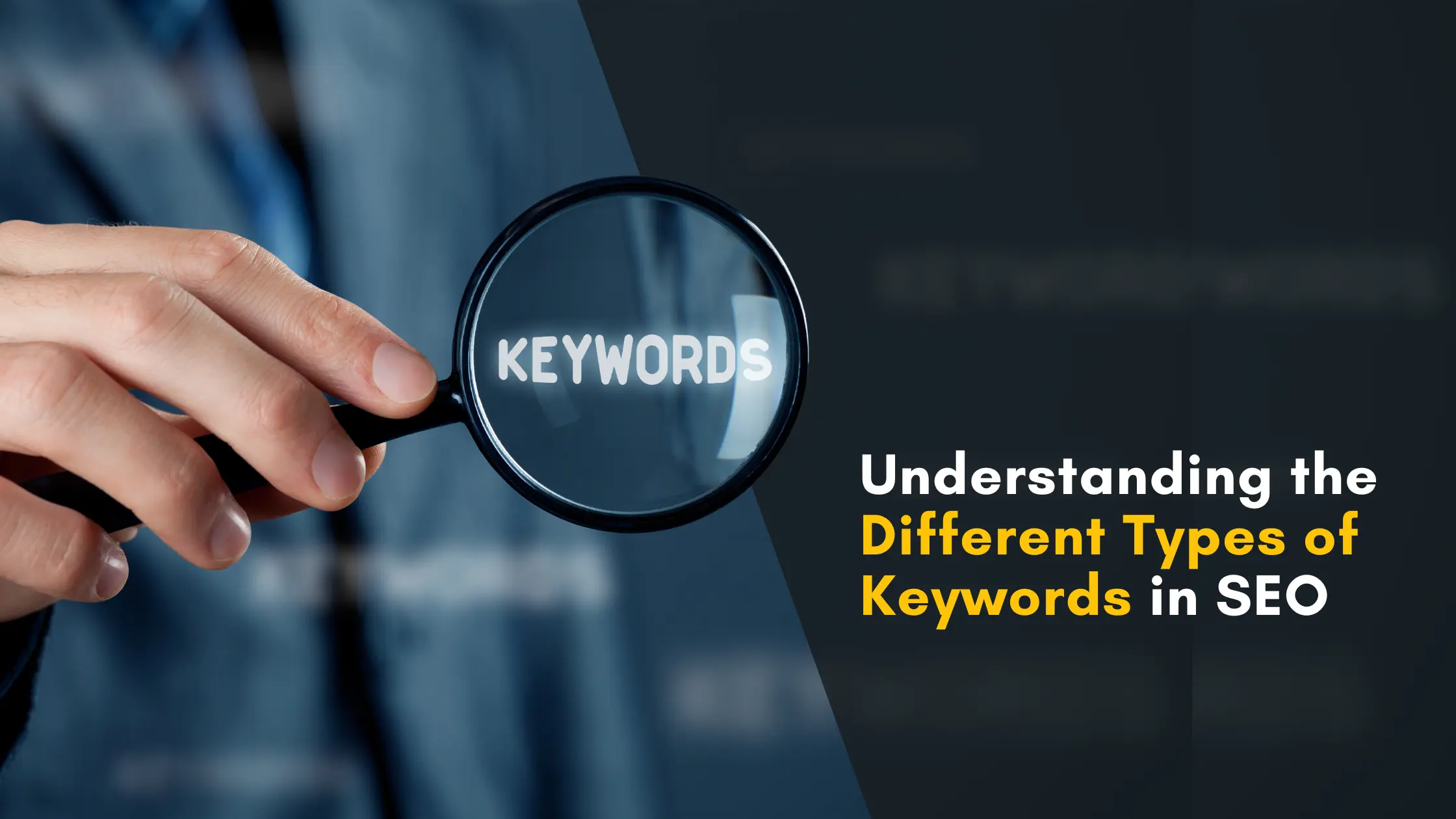Keywords are the foundation of search engine optimization (SEO) and play a critical role in helping websites rank well in search engine results pages (SERPs). When it comes to SEO, it’s essential to understand the different types of keywords and their intent to create a well-rounded and effective strategy. In this article, we’ll explore various types of keywords, including their intent, and how they impact search engine optimization.
Short- Tail Keywords
Short- tail keywords are generally 1- 2 words long and are broad in nature. They’ve high hunt volumes but are also largely competitive. For illustration,” digital marketing” is a short- tail keyword.
Long- Tail Keywords
Long- tail keywords are more specific and longer expressions, generally containing three or further words. These keywords have lower hunt volumes but advanced conversion rates. For case,” stylish digital marketing strategies” is a long- tail keyword.
LSI Keywords
LSI( Latent Semantic Indexing) keywords are contextually related to the main keyword. They help search machines understand the content on a webpage better. However,” LSI keywords could include” social media marketing,” and” online advertising, If the main keyword is” digital marketing.”
Understanding Keyword Intent Types
When we talk about keyword intent, we refer to the reason behind a user’s online search. Different types of keywords align with distinct intents, and understanding these intents is crucial for optimizing content to meet users’ needs effectively. Let’s delve into different keyword intent types:
Informational Keywords
Informational keywords are used when a user seeks information about a particular topic, product, or service. These keywords often start with words like “how to,” “what is,” “ways to,” etc. Users searching for informational keywords are looking for answers, explanations, or educational content.
Navigational Keywords
Navigational keywords are employed when a user is trying to reach a specific website or webpage. These keywords are often related to brand names, product names, or specific web destinations. Users using navigational keywords have a clear idea of what they are looking for and are trying to find a specific website or page.
Transactional Keywords
Transactional keywords signal the user’s readiness to make a purchase, sign up for a service, or take a specific action. These keywords often include terms like “buy,” “order,” “download,” “subscribe,” etc. Users using transactional keywords are ready to convert, and businesses can use these keywords to drive direct sales or conversions.
In conclusion, understanding the different types of keywords in SEO and their intent is essential for creating an effective SEO strategy. By incorporating a variety of keyword types and aligning them with user intent, businesses can create more relevant and valuable content, improve user experience, and ultimately drive better results in search engine rankings.
Frequently Asked Questions
Understanding keyword intent involves analyzing the search query and thinking about what the user is trying to accomplish with that search. Keyword research tools also provide insights into the likely intent behind specific keywords.
Yes, aligning content with the intent behind targeted keywords is crucial for delivering what users are looking for. It helps improve user experience and increases the likelihood of satisfying search queries effectively.
Different keyword intent types require different content approaches. By understanding keyword intent, you can tailor your content to better address users’ needs, which can lead to improved rankings and user engagement.




